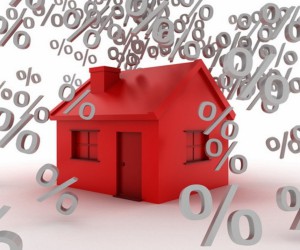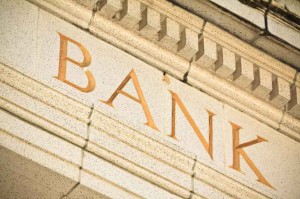With the recent hikes in fixed and variable rates by the major banks many property investors are wondering whether it’s a good idea to fix the interest rate on their loans.
Below are 11 points for you to consider when contemplating the fixed versus variable dilemma:
Will you lose sleep if interest rates rise?
There are typically two reasons people are attracted to fixing rates.
Firstly, they think they will be better off financially.
This is a flawed strategy because it assumes you have a crystal ball and the reality is absolutely no one knows what rates will do in the short, medium and long term future.
Most experts can’t consistently predict what the RBA will do at their next monthly meeting!
What hope do you have?
The second and more appropriate attraction to fixing is for risk management – protecting your downside.
If you are the type of person to worry about interest rates and be on edge the first Tuesday of each month (each RBA meeting), then fix a portion of your debt.
Will your standard of living (lifestyle) be negatively impacted if rates rise?
If future interest rate increases will put pressure on your household budget, then you need to manage this downside risk and therefore fixing your interest rates is more important for you.
If you are going to fix, start with your home loan (non-tax deductible debt) first.
The cash flow impact of interest rate rises on your home loan will be more significant than an investment loan because of the tax deduction you receive for investment debt.
For example, if the interest rate on your $500k home loan increases by 1% the cash flow impact is $5,000 p.a.
However, if a $500k investment loan rate increases by 1%, the after-tax cost of this is just over $3,000 p.a. after your tax deduction.
Therefore, you have more capacity to weather interest rate rises on investment loans. As such, you should consider fixing your home loan first.
Will you want to access the equity in the property in the next 5 years?
Fixing your loan essentially locks you into a lender for the fixed rate period (because if you refinance you will have to pay exorbitant fixed rate break fees).
Locking yourself into one lender might not give you the opportunity to maximise your borrowing capacity and therefore might prohibit you from accessing (and using) the equity in your property to build wealth.
Will you sell the property?
If you plan to sell the property, then don’t fix as you could be up for exorbitant fees if you sell during a fixed rate period.
Only fix for a period of 3 to 5 years.
Fixing for 2 years or less provides limited interest rate protection.
The interest rates for shorter periods can, at times, seem attractive but if the purpose of fixing is to manage your risk (and it should be), then 2 years doesn’t provide much protection.
Very few Australian’s fix for longer than 5 years.
Firstly, the rates are rarely attractive (because of the lack of demand) and the period is just too long and you forgo too much flexibility.
I would counsel any client against locking in for more than 5 years.
Therefore, the most meaningful options are 3, 4 and 5 years.
Think about your ability to make extra repayments. 
Typically, you should have some variable debt (i.e. don’t fix 100%).
One way of approaching this split is to think about how much you can repay, add a buffer and that will be your variable portion.
Then fix the rest.
For example, David’s home loan is $850k.
David thinks he can repay $25k p.a.
Therefore, over 5 years he can repay $125k.
As such, I would advise David to fix in the range of $650k to $700k for 5 years thereby leaving $150k to $200k variable allowing him to still repay as much as possible.
Try and stagger fixed rate expiry dates to spread your risk.
If you have a large debt portfolio, then it might make sense to stager your fixed rate expiry periods so that all your debt doesn’t come out of a fixed rate at one point in time.
In this regard, you might use a selection of variable, 3 year and 5 year fixed products.
Consider whether a ‘fixed rate lock fee’ is worthwhile. 
When you fix your interest rate you receive the prevailing fixed rate at the date of settlement, not the date of application.
If fixed rates change between when you apply for a loan (or to switch) and when the loan is actually established (drawn down), you will get the different rate unless you pay a fixed rate lock fee at the time you apply.
Speak to your broker about this option.
Never fix 100% of all your debt.
It is always good to have a variable portion so that you can use an offset account (as vast majority of lenders do not allow offsets to be attached to fixed rate loans).
Also, as discussed above, most fixed rate products limit the amount of extra repayments you can make whereas the same restriction doesn’t apply to variable rate products.
Are you an active investor?
If so, fixed rates might not suit you as you potentially forgo too much flexibly and ability to manage your borrowing capacity.
Of course, there might be other considerations to take into account and the above checklist isn’t exhaustive.


















